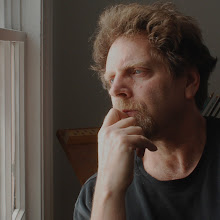
 Modular, sequential, iterativ
Modular, sequential, iterative.
Minimal is often equated with
serial, since the great American Minimalists usually constructed their works in austere sequences, but the two are not synonyms. Something can be serial without being reduced to a repetitive geometry, and minimal work is not
always serial.
In architecture and furniture, the term modular is used to denote the serial use of identical or similar elements, or modules.
The theatrical throne-like chair is by the French designer Matali Crasset, and was created for a book devoted to collaborations between writers and designers (Crasset coupled with Agnes Desarthe). Like this chair, most of Crasset's work abides by a very geometrical regimen, usually enlivened by brilliant color. The second is a classic seat from George Nelson Studios, the Marshmallow Chair.
The Nelson chair is an good example of furniture that exists more for its visual panache and sculptural innovation than for comfort--furniture, to paraphrase T.S. Eliot, that has the look of being looked at. Some pragmatists complain. Since most furniture is looked at more than it is actually used, why not? Ever sit on the Stone of Scone? I saw it many years ago in Westminster Abbey, though now it has been re-patriated to Scotland. It even beats the Marshmallow Chair for discomfort, being nothing more than a rough cube of rock. That said, no chair in the world means more to the wild-hearted, deep-fried-Mars-bars-eating Picts.




















